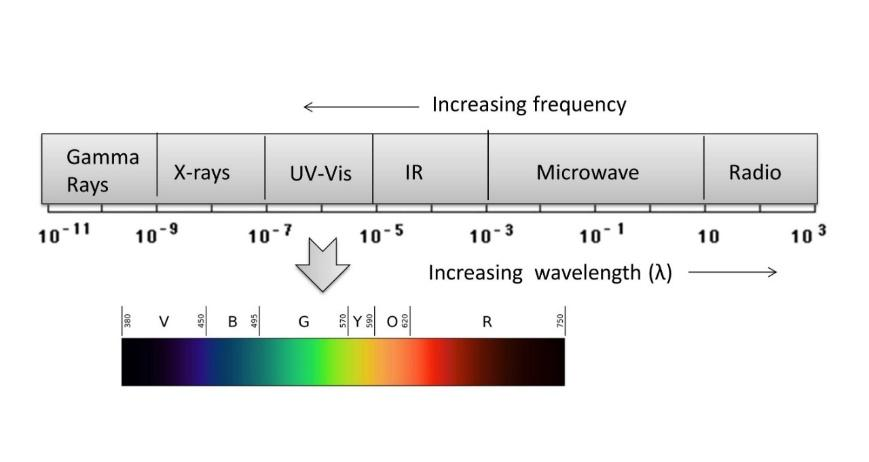Question
Question: A single slit Fraunhofer Diffraction pattern is formed with white light. For what wavelength of ligh...
A single slit Fraunhofer Diffraction pattern is formed with white light. For what wavelength of light, the third secondary maximum in the diffraction pattern coincides with the second secondary maximum in the pattern for red light of wavelength 6500A0?
(A) 4400A0
(B) 4100A0
(C) 4642A0
(D) 9100 A0
Solution
Hint: To obtain the secondary maxima due to single slit in diffraction pattern is, asinθ=nλ
Complete step by step answer:
Given,
The wavelength of the red light is 6500A0
We know that,
x=2a(2n+1)×λD
Where,
λis the wavelength
D is the diffraction angle
To find the coincidence of the maximum diffraction pattern for the red light,
Substitute the λvalue as 6500 A0
x=2a4+1×6500A0×D
We need other lights to compare it with the red light.
The maximum diffraction pattern for other light,
x=2a6+1×d×A0
The x value for the red and other light is same
∴5×6500=7λ
λ=4642A0
Therefore the λvalue is 6442A0 .
Hence, option(C) the correct option.

Additional information:
The formation of the diffraction pattern at a larger distance is known as Fraunhofer diffraction. In the Fraunhofer diffraction, the source and the screen are placed at an infinite distance. Mostly the Fraunhofer diffraction occurs on the spherical surface. The Fraunhofer diffraction can be done with the help of the two-converging lens. One lens is placed between the source of the light and the obstacle. Another lens is placed between the obstacle and the screen. The lens between the obstacle and the screen makes the rays parallel to each other while the lens between the obstacle and the screen focuses the parallel rays at the point on the screen.
The single slit diffraction patterns are photographed with a helium-neon laser. The slit diagrams are on the right side and we can obtain the difference between the first maxima by observing the diagram.
Note: There is a significant difference between the Fresnel and the Fraunhofer diffraction. The difference is that the wave fronts in the Fresnel diffractions falling on the obstacle are not planes. Whereas, the wave fronts in the Fraunhofer diffraction fall on the obstacle are planes.
